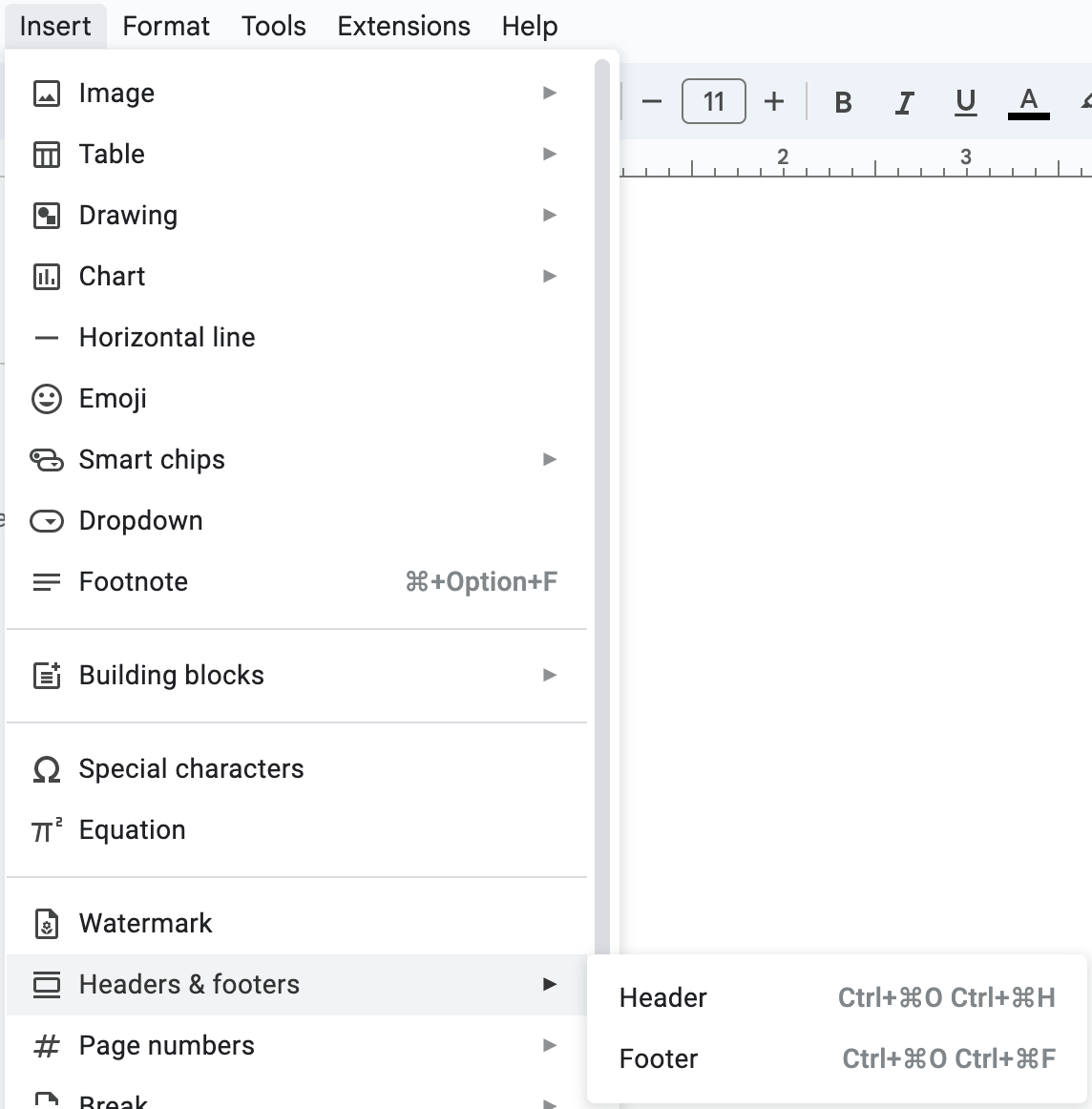Headers & Footers (Cambridge (CIE) IGCSE ICT): Revision Note
Exam code: 0417 & 0983
The Purpose of Headers & Footers
What is the purpose of headers & footers?
Headers and footers are areas at the top (header) and bottom (footer) of documents that can be used to help identify them

Headers and footers can contain:
Document name
Author
Company logo
Headers and footers only need to be added once and are replicated on each page, saving time and reducing the chance of data errors
Automated objects
Headers and footers can also contain automated objects to enhance the professionalism of a document
Examples of automated objects include:
Date/time
Page numbering
Total number of pages
Aligning contents
The contents of headers and footers can be aligned consistently within a document
They can be aligned to the:
Left margin
Right margin
Centred within margins

Unlock more, it's free!
Did this page help you?